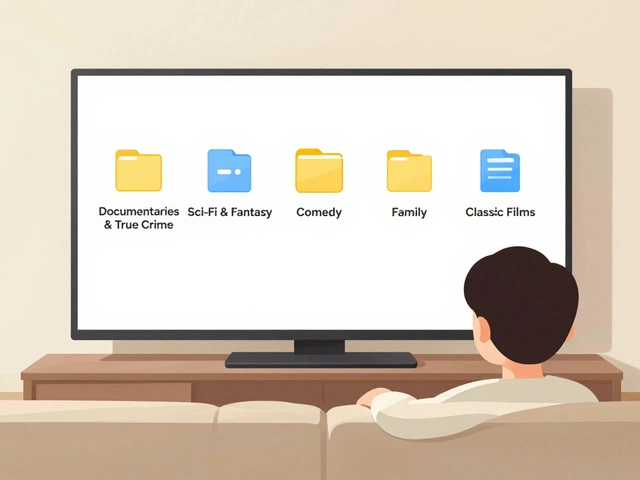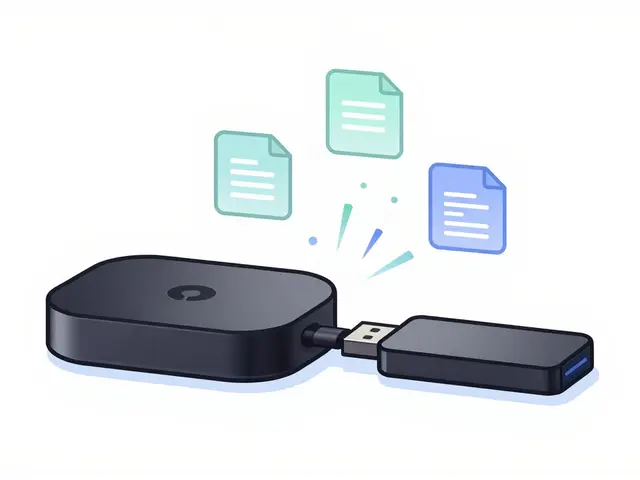4Ps vs 4As – Quick Comparison of Two Marketing Frameworks
Ever wondered why some marketers still swear by the 4Ps while others push the 4As? Both models aim to guide your strategy, but they focus on different parts of the buyer journey. In this guide we’ll break down each element, show where they overlap, and give you practical steps to pick the right one for your next campaign.
What’s Behind the 4Ps?
The 4Ps – Product, Price, Place, Promotion – date back to the 1960s. They treat marketing like a mix you can adjust to hit the market sweet spot. Product means what you’re selling and how it solves a problem. Price is the amount you ask, plus any discounts or bundles. Place covers where customers find the product, from physical shelves to online stores. Promotion is every touchpoint you use to tell people about it – ads, PR, social posts, you name it.
When you work with the 4Ps, you’re mostly looking at the company’s perspective. You ask: “What can we offer?” “How much should we charge?” “Where should we sell?” and “How do we shout about it?” This mindset works great for products that have clear features and price points, especially in B2C markets.
The 4As Explained
In the early 2000s, marketers realized the 4Ps didn’t always match how modern buyers behave. That’s where the 4As – Acceptability, Affordability, Access, Awareness – come in. Acceptability focuses on whether the product fits the customer’s needs and values. Affordability looks at the total cost of ownership, not just the sticker price. Access means the buyer can actually obtain the product, considering distribution, delivery, and digital access. Awareness is about making sure the buyer knows the product exists and understands its benefits.
The 4As flip the viewpoint to the buyer’s side. Instead of asking “What do we want to sell?” you ask “What does the buyer want?” This shift is crucial for services, subscription models, and high‑involvement purchases where trust, convenience, and perception drive decisions.
Here’s a quick side‑by‑side:
- Product vs Acceptability: Features vs fit.
- Price vs Affordability: Cost vs total value.
- Place vs Access: Distribution channel vs ease of getting it.
- Promotion vs Awareness: Messaging vs brand presence.
Both models are useful tools – you don’t have to choose one forever. Think of them as lenses you can switch depending on the stage of your campaign.
How to pick the right framework
Start with your business goal. If you’re launching a new gadget, the 4Ps can help you set pricing tiers, decide retail partners, and plan launch ads. If you’re selling a SaaS platform, the 4As will force you to consider trial periods (Acceptability), subscription pricing models (Affordability), online onboarding (Access), and content marketing (Awareness).
Another tip: run a quick audit. List the four items from each model and mark which ones you have data for. Gaps point to the framework that will give you the most insight right now.
Finally, test. Use the 4Ps for one campaign, switch to the 4As for the next, and compare metrics like conversion rate, customer acquisition cost, and churn. Real numbers will tell you which lens drives better results for your audience.
In short, the 4Ps give you a solid foundation for product‑centric planning, while the 4As push you to think like the buyer. Use the one that matches your market, or blend them for a 360° view. Either way, you’ll end up with clearer strategy, smarter spend, and happier customers.
17
4 A's of Marketing Explained: Acceptability, Affordability, Accessibility, Awareness
The 4 A's-Acceptability, Affordability, Accessibility, Awareness-explained with steps, examples, metrics, and checklists so you can apply the framework today.
Latest Posts
Popular Posts
-
 Lord of the Rings: The Rings of Power on Prime Video - What to Know in 2025
Lord of the Rings: The Rings of Power on Prime Video - What to Know in 2025
-
 App Layout Strategies: Organize Streaming Services by Genre and Use
App Layout Strategies: Organize Streaming Services by Genre and Use
-
 Paramount+ with Showtime vs. Peacock Premium vs. ESPN+: Which Sports Add-On Fits Your Viewing Habits?
Paramount+ with Showtime vs. Peacock Premium vs. ESPN+: Which Sports Add-On Fits Your Viewing Habits?
-
 Best Horror Movies on Streaming Services Right Now
Best Horror Movies on Streaming Services Right Now
-
 How to Expand Storage on Fire TV with USB Drives and Manage Apps Better
How to Expand Storage on Fire TV with USB Drives and Manage Apps Better



